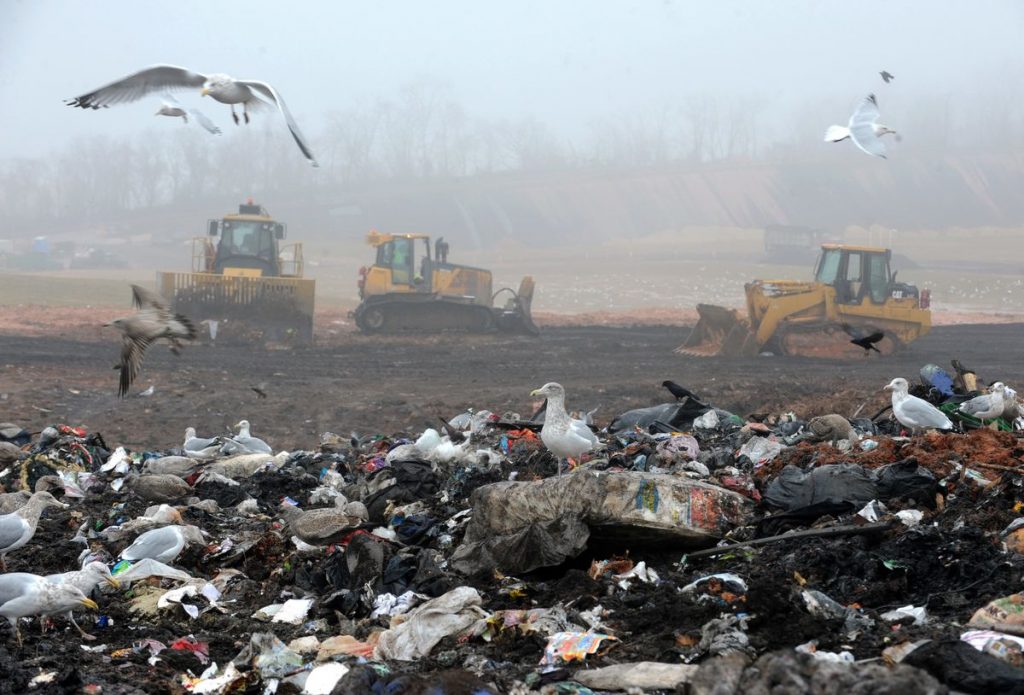
Currently, Maryland waste management involves treatment facilities. And all these installations are by law classified installations for the Environmental Protection. As such, their creation is subject to an authorization procedure, requiring in particular an impact study and a study dangers.
Their proper operation is then checked by the inspectors of the classified installations. However, the so-called polluting or illegal landfill receives the waste at open sky and it is not subject to any operating rules.
According to the dictionary, a landfill is a place where you can deposit rubble, rubbish, garbage. In fact, we define two kinds of discharge:
The traditional landfill, now described as “wild”, in which the waste is deposited in the open. In short, the setting of “raw” landfill amounts to dumping the garbage on the ground or in an excavation, without taking sufficient precautions to mitigate the disadvantages.
However, when the waste is discharged to the ground without prerequisite treatment, they constitute sources of nuisance and pollution well known: degradation of sites; pollution of surface water and water underground; atmospheric pollution (release of dust, fumes, odors…); risk of spreading contagious diseases (by rodents, insects, etc.). Indeed, the latter are true breeding grounds
The controlled landfill, where the waste is here accumulated under determined thicknesses, separated by layers of earth, which practically eliminates their disadvantages. Discharge said controlled must therefore comply with technical recommendations, with a view to an adapted service thereof, which can therefore contribute to reducing any pollution that goes against the natural environment. The essential rules are:
- any implantation must be carried out on good, non-permeable ground, 200 m away of the place of residence
- the control of waste arriving at landfills is strict,
- The waterproofing of the floor must be perfect because during the rains, water seeps into the discharges and becomes polluting. Thus, these discharges which produce in presence of “leachate” water (liquid discharge which percolates the landfill), constitute a potential danger of groundwater pollution. So the rainwater must be collected and treated,
- The burning and capture of “bio-gas”, which is a compound gas approximately half of methane and carbon dioxide polluted by traces of sulphide of hydrogen, resulting from the internal fermentation of the landfill are prescribed, to avoid any risk of odor59 and explosion.
But with a production of 420,000 tonnes of waste per year, the two local landfills in Maryland will be totally saturated in 2022 and 2024 according to Baltimore dumpster rental experts.
While landfills remained the main destination for waste, there is now alternatives to simple landfill and solutions have been therefore found: separate collections, voluntary contributions, recycling centers, composting green waste, incineration. However, waste disposal cannot be improvised not because it fits into a specific legal framework.
In addition, environmental protection is an abundance of laws and increasingly stringent specific regulations. Also, we can underline that today the major texts protecting the environment are laws: nature protection, classified installations, waste regulations …The year 2019 in this regard proved to be auspicious in the adoption of a water law and on waste.
Given the inadequacy of waste regulations adopted in 2015 in the USA and of which have therefore not been applied, the new law supplements them. This law and its decree of application oblige elected officials, under the leadership of each local official, to establish plans for the disposal of household and similar waste.
In effect, unlike the old departmental elimination schemes created by law on waste and which have never been followed, the departmental plans should be applied insofar as they are defined by law. Diagrams were prescribed by a ministerial circular and established on the initiative of the Council General while the plans are placed under the authority of the prefect and they are imposed to the counties. Which means communities are responsible for eliminating and must meet the guidelines of the plan.

